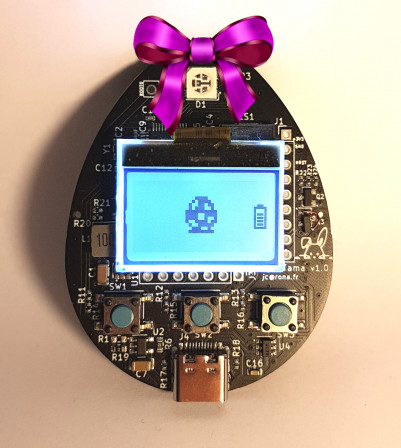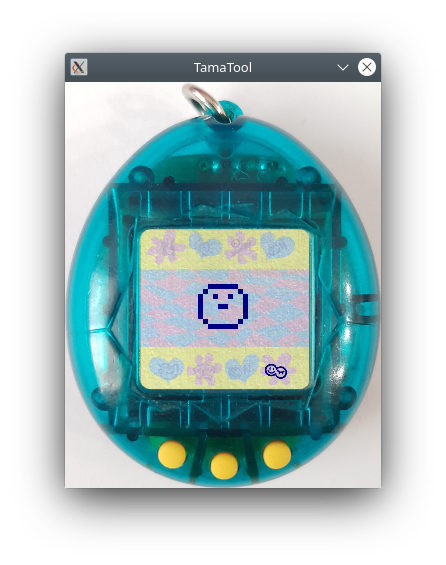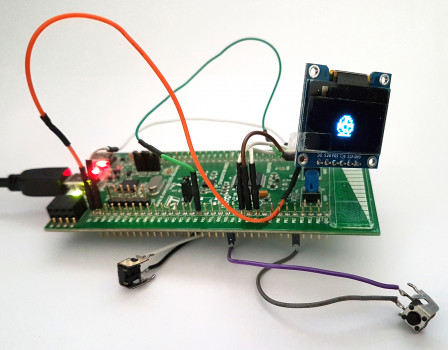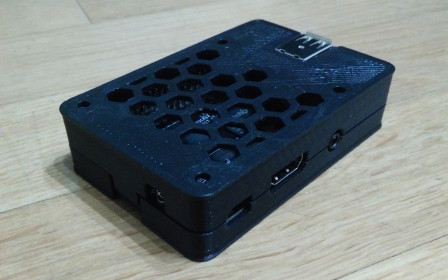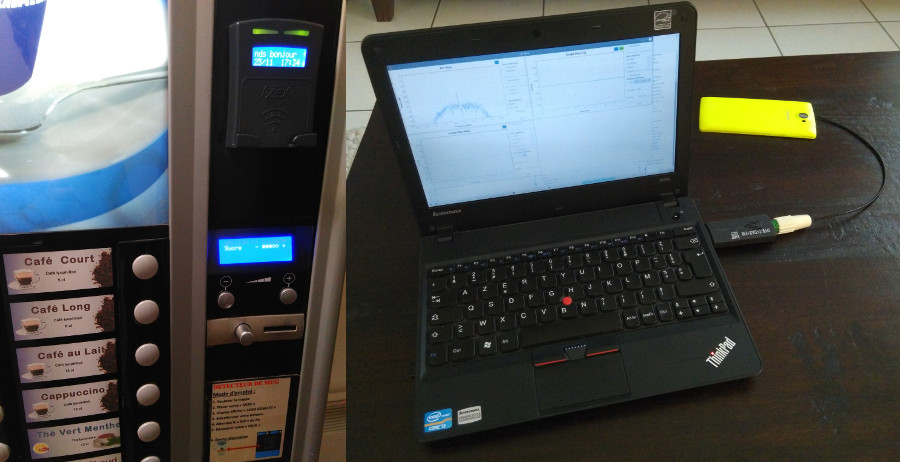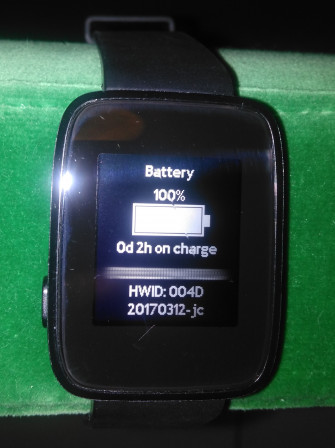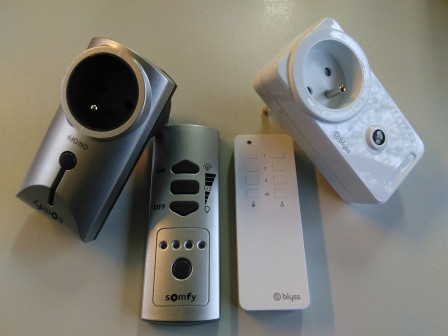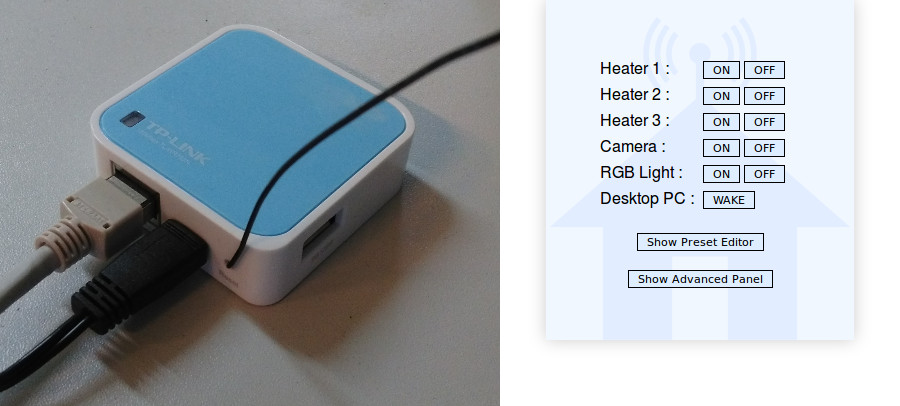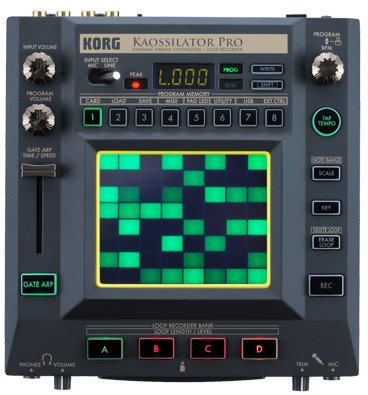I played a little with the discontinued Rovio from WowWee this week, and found out that the firmware source code has been released some times ago.
Several custom firmwares already exist, but I played with only one so far : Rovio Chat custom firmware. This custom firmware integrates some interesting functionalities (mainly a Network Watchdog), but I wanted to add other features, like turning ON/OFF the blue LEDs.
That's why I just set up a Github repository, importing the original source code (v5.03) with Rovio Chat changes on top of it as a starting point.
So far, I also added the following functionalities :
- Blue LEDs control integrated into the WEB interface
- Incremental camera adjustment control (from Rovio Chat) integrated into the WEB interface
The repository can be found here, and some nice building instructions here.
Feel free to check it out !
